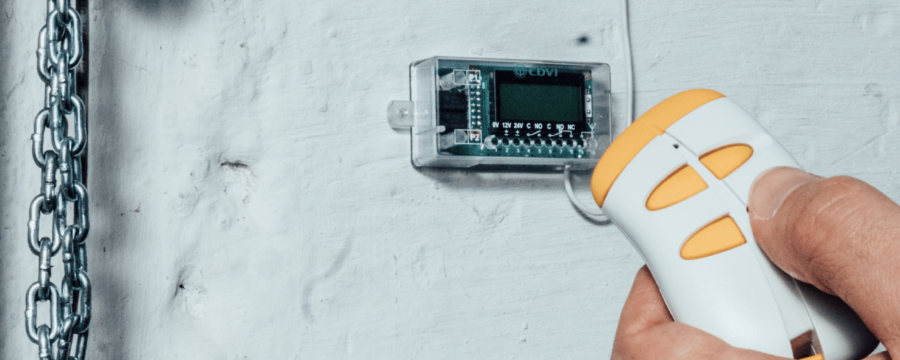What is KeeLoq hopping code?
KeeLoq hopping code (also known as KeeLoq rolling code) is a security measure for protecting data transmitted using radio waves. Its objective is to prevent the transmitted data from being intercepted, saved, and then re-used later for malicious purposes.
Where is radio transmission used?
Radio transmission is a method of sending data from one place to another using radio waves. Lots of different types of data can be transmitted this way. Strings of text, voice recordings, digital images, and more can be sent wirelessly through the air on radio waves. This is why radios are called radios, and why they used to be known as the ‘wireless’.
How radio transmissions send data from one device to another
Radio transmission systems send data from a transmitter to a receiver through the air using radio waves. The transmitter encodes data onto the radio waves and sends them out through the air. At the other end, the receiver picks up the signal and decodes the waves into their original format for use in the system.

Where is KeeLoq hopping code used?
Anywhere that the data being transmitted needs to be protected, KeeLoq hopping code can help to enhance security. Most commonly, KeeLoq appears in security and access contexts. Radio transmission can be used to send access or validation codes from one device to another for the purposes of controlling entry to restricted areas.
What does KeeLoq hopping code do?
KeeLoq makes transmissions more secure by changing the passcode required to gain entry every time the transmission is initiated. It’s called hopping code because each time a passcode is used, the system ‘hops’ to a new one. The benefit of a system like this comes into play if a hacker manages to intercept a transmission and steal the passcode. Because the passcode changes with every transmission, as soon as the hacker acquires the passcode, it is rendered useless. After usage, the same passcode won’t be valid again until around 65,000 other valid codes have been used. Under normal usage, it would take more than two decades for the same code to appear twice.
How do the transmitter and receiver know which passcode is right?
If both the receiver and the transmitter are hopping to a new randomly-generated code after every use, how does each device know which code is the new valid one? Both devices must independently generate the same codes in the same order. The answer to this is that the randomly-generated codes actually aren’t random at all.
Both devices start with the same seed code. With each usage, that seed code is put through an algorithm to generate the new code. That algorithm ensures that both devices generate the same codes in the same order, provided they both start from the same seed code. To outsiders, the list of generated codes appears completely random and looks like it cannot be predicted. This system is called a Pseudo-Random Number Generator (PRNG). The algorithm used by KeeLoq hopping code is proprietary and meets the security levels of Data Encryption Standards (DES).

KeeLoq hopping code and access control
Wherever radio transmission is used for access control or entry, KeeLoq hopping code helps enhance security. Installations might consist of a wireless exit button that triggers an automatic door. Or it could be a handheld transmitter for opening automatic driveway gates. In every case, there is a security risk where access information is sent wirelessly from one device to another. KeeLoq hopping code intervenes to protect the data and ensure that even successful hackers cannot gain entry with the data they illegally acquire.
